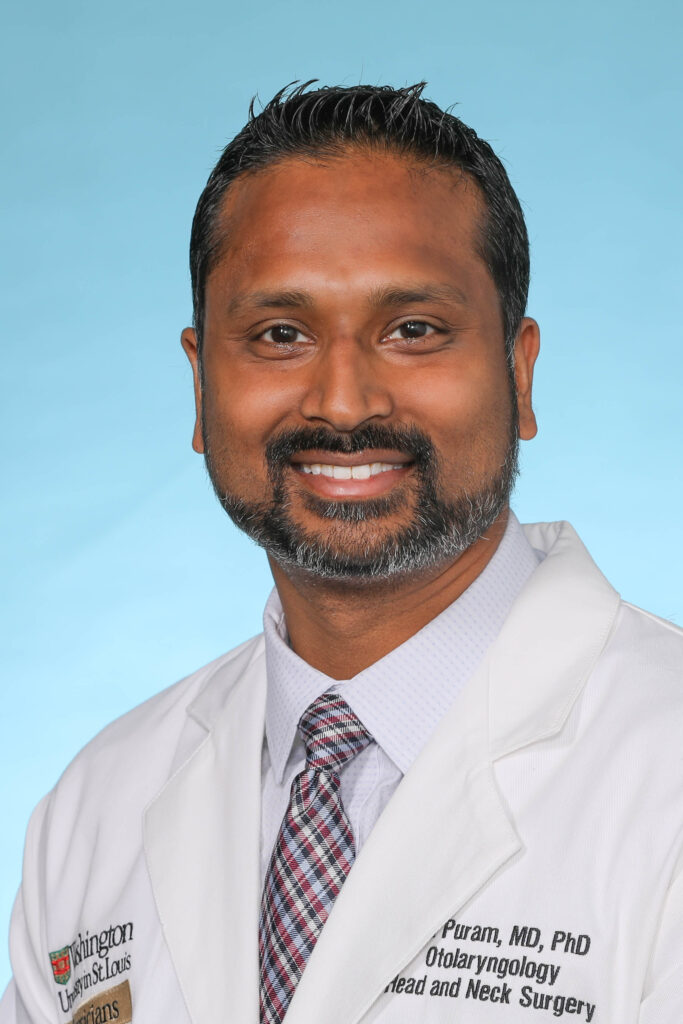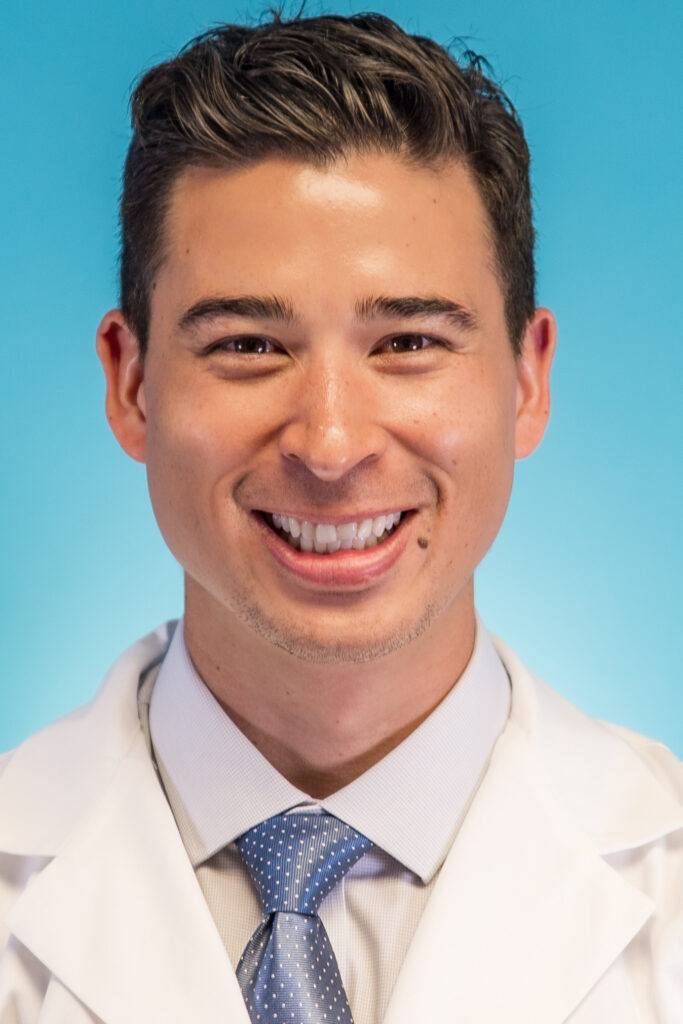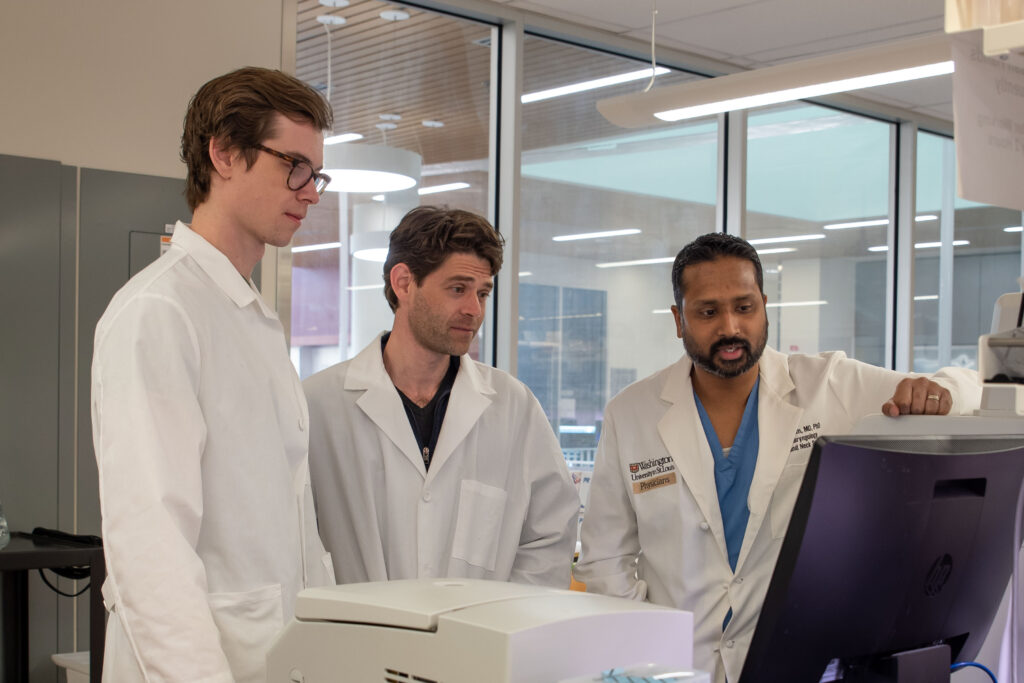Researchers in the Department of Otolaryngology at Washington University School of Medicine are taking greater advantage of tissue banking to help answer questions about human disease and treatment options – even questions they haven’t thought of yet.
The progress of biomedical research is often hindered by the availability of research specimens. Imagine how slow that progress might be if a new set of biological samples had to be collected for each new research question.
The practice of saving patient tissue samples has been ongoing for decades but has accelerated in the last several years. Healthy and diseased human tissues have been collected and stored for use in future research studies. Nearly any biological specimen that is sufficient in type and quantity for biochemical analysis can be stored, including solid tissues, body fluids, individual cells, and even the molecules derived from cells and tissues – DNA, RNA, proteins, etc. Associated patient data is equally important, so IRB approval is required and tight regulations exist to ensure de-identification of any patient information.

According to Assistant Professor of Otolaryngology Lauren Roland, MD, MSCI, the Division of Rhinology has banked tissues from more than 200 patients over the last two years. For consenting patients, they collect sinonasal tissue, including polyps if present, as well as blood and nasal swabs.
“Our banked specimens have furthered our studies on fungal sinusitis, including bulk and single cell RNA sequencing, mass cytometry, immunostaining, and protein expression,” said Roland. “Importantly, the tissue bank will allow us to perform further experiments in the future, using a large number of patient samples.
The Division of Head and Neck Surgery has amassed over 1200 samples over twenty years of collection. As with their colleagues in rhinology, the group utilizes the WashU Tissue Procurement Core for assistance with tissue preservation, cataloging, and preparation for study. Their collection includes tissues from mucosal squamous cell carcinoma, as well as salivary, thyroid and cutaneous disease.

Division Chief Sid Puram, MD, PhD, says the collection is of paramount importance to furthering research into these cancers.
“The creation of a rich repository of fresh frozen samples that we can analyze via genomic and other approaches will allow us to gain important insights into tumor biology,” he said. “Advances in personalized medicine – our ability to prescribe personalized treatment plans – rely heavily on banked specimens for the identification of factors important for characterizing individual tumors.”
According to neurotologist Matt Shew, MD, the Division of Otology is a relative newcomer to tissue banking. The group has banked about 25 samples of perilymph, an inner ear fluid, from cochlear implant recipients. Those samples will be used to analyze the protein composition of perilymph to see if there is a protein signature that has prognostic value in predicting cochlear implant performance.

The team also collected about 15 samples of vestibular schwannoma tissue, a tumor associated with the cranial nerve for hearing and balance. These samples have allowed the characterization of factors that may help distinguish between mild and aggressive forms of the tumor (learn more about that effort here).
“Our understanding of diseases of the head and neck is not unique in benefiting from tissue banking,” said Shew. “Translational medical research in all areas will and should rely more and more on the availability of human tissues to help further our understanding of disease etiology and prognostic factors, in order to develop optimal treatments.”
